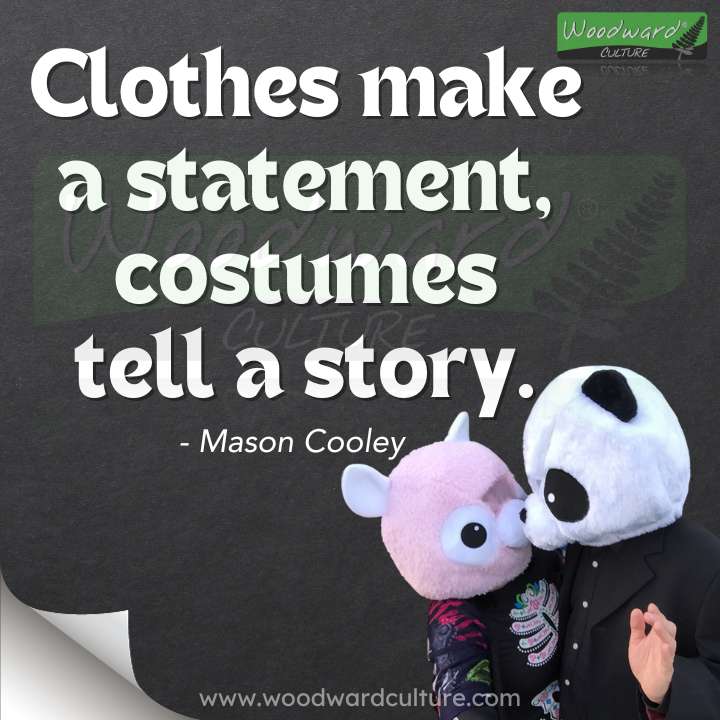
Clothes make a statement, costumes tell a story.
– Mason Cooley
“Clothes make a statement” encapsulates the powerful role that fashion plays in expressing individuality, culture, and identity. Our choice of clothing is a form of non-verbal communication, serving as a visual language through which we convey messages about ourselves to the world. Whether intentional or not, our attire communicates a range of information, such as our personality, social status, profession, beliefs, and even our mood.
First and foremost, clothing reflects personal style. Whether someone prefers casual, sophisticated, vintage, or eclectic fashion, their choice of clothing sends a message about their taste, creativity, and personality. For instance, someone wearing vibrant colors and bold patterns might be seen as outgoing and confident, while someone in neutral tones might be perceived as understated and classic.
Clothes influence how others perceive us in various social and professional settings. In the business world, professional attire communicates competence, authority, and respect for the workplace. In social situations, our clothing can influence first impressions and impact how others approach or interact with us.
In the age of social media and digital presence, fashion statements are amplified. Online platforms allow individuals to curate their image, sharing their style with a wider audience. Influencers and fashion bloggers, for instance, use their clothing choices to convey a specific lifestyle and aesthetic, influencing followers and shaping trends.
It is not merely about covering the body but serves as a powerful means of self-expression, cultural representation, and societal communication.
On a fundamental level, our regular clothes serve as a means of self-expression, reflecting our personal style, preferences, and identity. They make a statement about who we are, our cultural affiliations, and sometimes even our mood or aspirations.
However, during occasions like Halloween or theatrical performances, costumes transcend mere clothing. They become a medium through which stories are woven and characters come to life. Unlike everyday clothes, costumes are carefully crafted to convey specific narratives, emotions, and personas. Each detail, from the choice of fabric to the design and accessories, is intentional and contributes to the larger story being told.
Costumes allow individuals to step into different roles, exploring diverse facets of their personalities or immersing themselves in the shoes of fictional characters. Costumes evoke a sense of playfulness and creativity, enabling wearers to communicate narratives far beyond the constraints of regular attire. Whether it’s a historical figure, a mythical creature, or a beloved superhero, costumes transport both the wearer and the observer into imaginative realms, sparking conversations and connections based on shared stories and cultural references.
In essence, the quote celebrates the art of storytelling through attire. It emphasizes the richness of human creativity, the depth of cultural symbolism, and the joy of embodying characters that capture the imagination. It reminds us that costumes are not just fabric and accessories; they are vessels of storytelling, inviting us to explore the boundless possibilities of our identities and narratives.
















